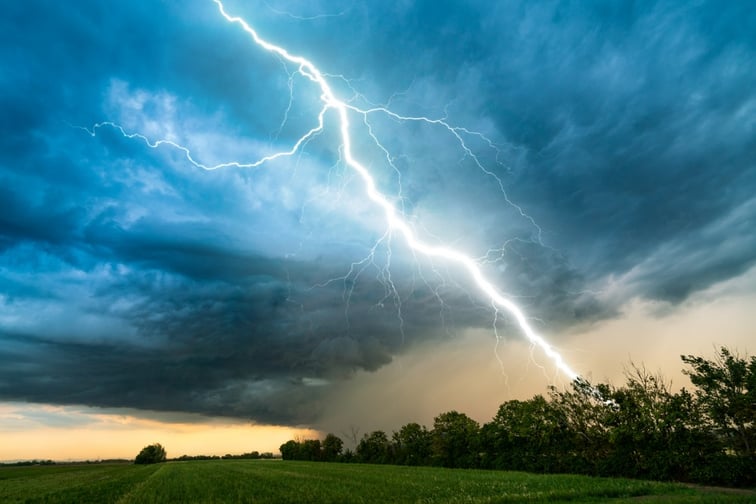

The Insurance Bureau of Canada (IBC) has released a new report offering a detailed breakdown of the catastrophic weather events that occurred last year, and the insured losses they caused.
According to the bureau, insured damage for severe weather events in Canada reached $2.1 billion last year, citing data from Catastrophe Indices and Quantification Inc. (CatIQ). This puts 2021 as the sixth-highest year in insured losses since 1983.
In a previous release, the IBC said that estimates initially pegged Canada’s weather-related insurance losses to be around $2.04 billion.
IBC also offered a breakdown of the $2.1 billion insured losses in 2021 in its report. Standout events include the July hailstorm in Calgary ($500 million in insured losses), the December Eastern Canada windstorm ($152 million), and the November floods in BC ($515 million) – considered BC’s costliest weather event to date.
The list of insured damage for severe weather events in 2021 goes:
|
January 12 |
Western Canada storms |
$134 million |
|
March 26 |
Eastern Canada storm |
$50 million |
|
June 30 |
Lytton, BC wildfire |
$102 million |
|
July 2 |
Calgary, AB hailstorm |
$500 million |
|
July 15 |
Barrie, Ontario-and-area tornadoes |
$100 million |
|
July 22 |
Prairie storms |
$120 million |
|
August 2 |
White Rock Lake, BC wildfire |
$77 million |
|
September 7 & 22 |
Southern Ontario storms |
$105 million |
|
September 11 |
Hurricane Larry in Atlantic Canada |
$25 million |
|
November 13 |
British Columbia floods |
$515 million |
|
December 11 |
Eastern Canada windstorm |
$152 million |
“Canada must now prioritize climate defence,” said IBC vice president of federal affairs Craig Stewart. “A National Adaptation Strategy, currently under development, must propose measurable and concrete actions to protect Canadians by 2030.”
Stewart additionally commented that the federal budget for 2022 should allocate enough funding towards the National Adaptation Strategy.
“Climate change is real, and the fatalities, emotional turmoil, and financial consequences we’ve recently witnessed must be a call to action – we must adapt now,” the vice president said.
Achieving net-zero emissions by 2050 is a crucial first step towards limiting future climate change-related risks, Stewart stated, but Canada needs funded measures implemented immediately to address current and pressing risks.
“In today’s world of extreme weather events, the new normal for yearly insured catastrophic losses in Canada has become $2 billion, most of it due to water-related damage,” he warned. “Compare this to the period between 1983 and 2008, when Canadian insurers averaged only $422 million a year in severe weather-related losses.”
